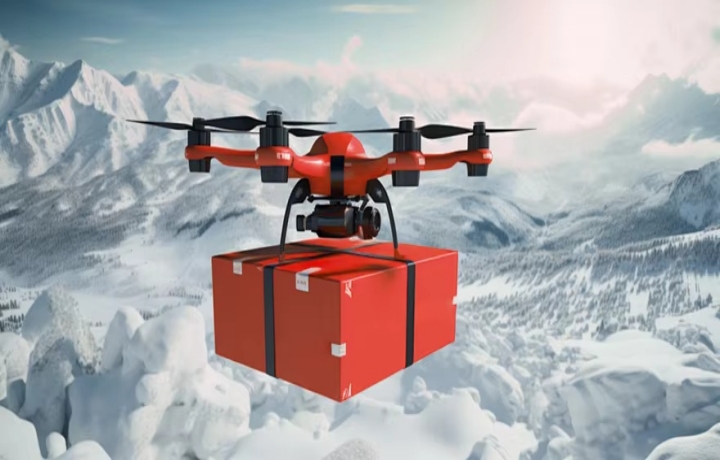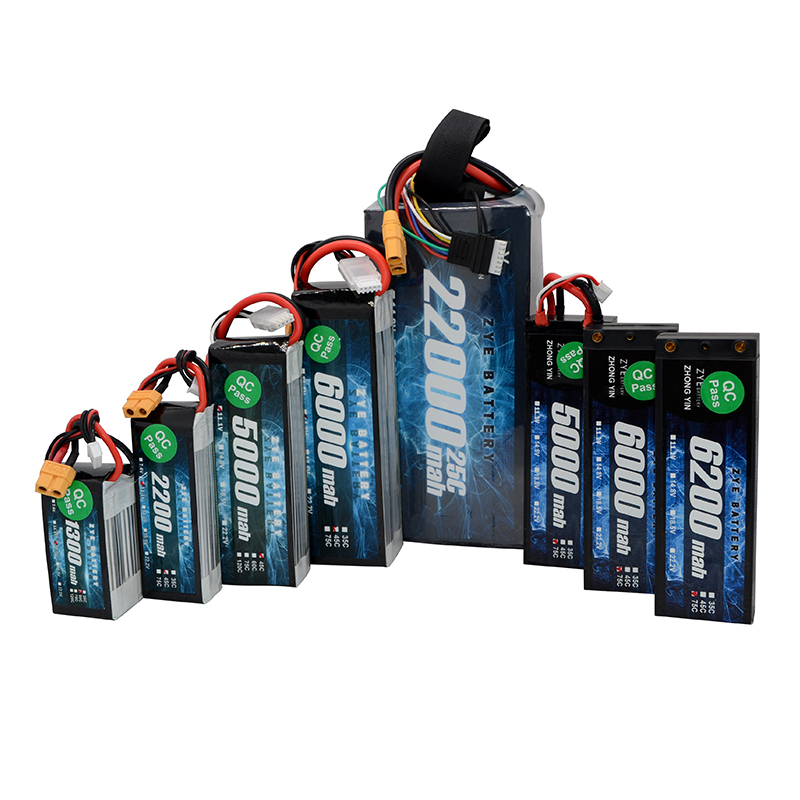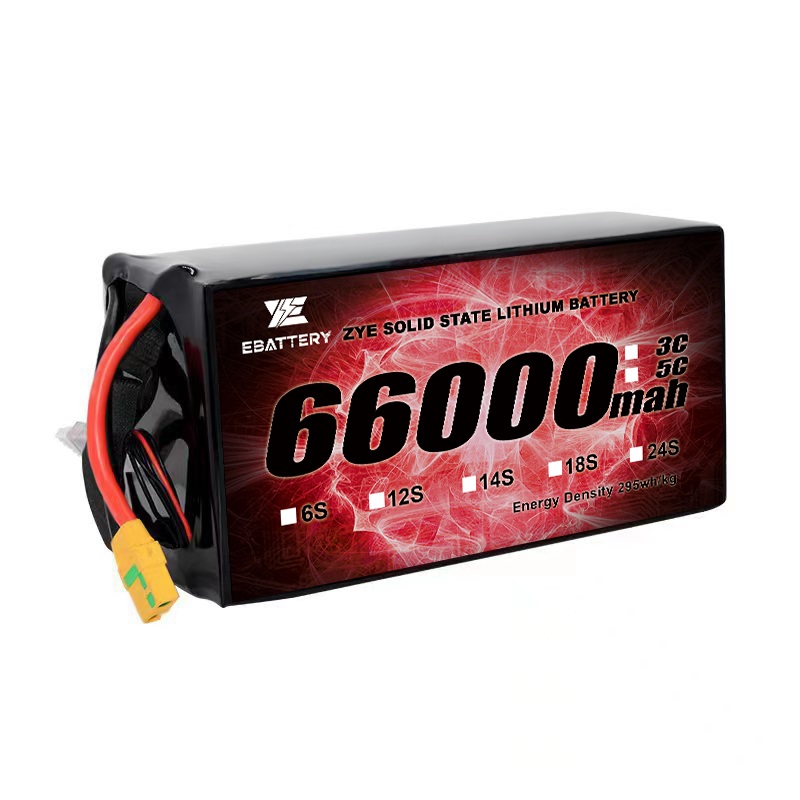How to Calculate Battery Endurance for Different Drones?
2025-10-21
I. Core of Endurance Calculation: Three Key LiPo Battery Parameters and Fundamental Formulas
To accurately calculate endurance, one must first understand the critical markings on the battery. The capacity (mAh), discharge rate (C-rating), and voltage (S-rating) of a LiPo battery form the foundation for calculation.
Their relationship with the drone's power consumption constitutes the core formula:
1. Key Parameter Analysis
Capacity (mAh): Total electrical energy stored. For example, a 10,000mAh battery can deliver 10A current for 1 hour.
Discharge Rate (C Rating): Safe discharge speed. For a 20C battery, maximum discharge current = Capacity (Ah) × 20.
Voltage (S Rating): 1S = 3.7V. Voltage determines motor power but must match the ESC.
2. Basic Calculation Formula
Theoretical Flight Time (minutes) = (Battery Capacity × Discharge Efficiency ÷ Average Drone Current) × 60
Discharge Efficiency: LiPo battery's actual usable capacity is approximately 80%-95% of the rated value.
Average Current: Real-time power consumption during flight, requiring calculation based on model and operating conditions.
II. Practical Calculations by Model: From Consumer to Industrial Applications
Power consumption varies significantly across drones, necessitating tailored endurance calculations. The following three typical models offer the most valuable reference logic:
1. Consumer-Grade Aerial Photography Drones
Core Characteristics: Light payload, stable power consumption, prioritizing hovering and cruising endurance.
Example: A drone using a 3S 5000mAh battery with an average current of 25A and a discharge efficiency of 90%
Actual endurance = (5000 × 0.9 ÷ 25) × 60 ÷ 1000 = 10.8 minutes (theoretical value)
Note: Actual flight time, with high hovering proportion, is approximately 8-10 minutes, consistent with manufacturer specifications.
2. Racing FPV Drones
Core characteristics: High burst power, large instantaneous current, significant battery weight impact.
Example: 3S 1500mAh 100C battery FPV racer, average current 40A, discharge efficiency 85%
Theoretical endurance = (1500 × 0.85 ÷ 40) × 60 ÷ 1000 = 1.91 minutes
3. Industrial-Grade Crop-Spraying Drones
Core Characteristics: Heavy payload, extended endurance, reliant on high-capacity batteries.
Example: 6S 30000mAh battery crop-spraying drone, average current 80A, discharge efficiency 90%
Theoretical endurance = (30000 × 0.9 ÷ 80) × 60 ÷ 1000 = 20.25 minutes
III. Overcoming Theoretical Limits: Adjusting for Three Critical Factors
Accurate calculations are less important than stable flight performance. The following factors reduce endurance and must be considered:
1. Environmental Interference
Temperature: Capacity drops 30% below 0°C. At -30°C, drones require engine-based heating to maintain endurance.
Wind Speed: Crosswinds increase power consumption by 20%-40%, with gusts requiring additional power for attitude stabilization.
2. Flight Behavior
Maneuvering: Frequent climbs and sharp turns consume 30% more power than steady cruising.
Payload Weight: A 20% increase in payload directly reduces flight time by 19%.
3. Battery Condition
Aging: Capacity degrades to 70% after 300-500 charge cycles, reducing endurance accordingly.
Storage Method: Long-term storage at full charge accelerates aging; maintain 40%-60% charge during storage.
IV. Endurance Optimization Techniques: Choosing the Right Battery Matters More Than Calculations
Capacity vs. Weight Balance: Industrial drones opt for 20,000-30,000mAh batteries; consumer-grade prioritizes 2,000-5,000mAh to avoid the vicious cycle of “heavy batteries = heavy loads.”
Discharge Rate Matching: Racing drones require 80-100C high-rate batteries; agricultural drones only need 10-15C to meet demands.
Smart Management: Batteries with BMS systems boost discharge efficiency by 15% and extend lifespan by balancing cell voltages.
V. Future Trends: LiPo Battery Endurance Breakthroughs
Semi-solid LiPo batteries now achieve 50% higher energy density. Combined with fast-charging tech (80% charge in 15 minutes), industrial drones could surpass 120 minutes of flight endurance.

























































